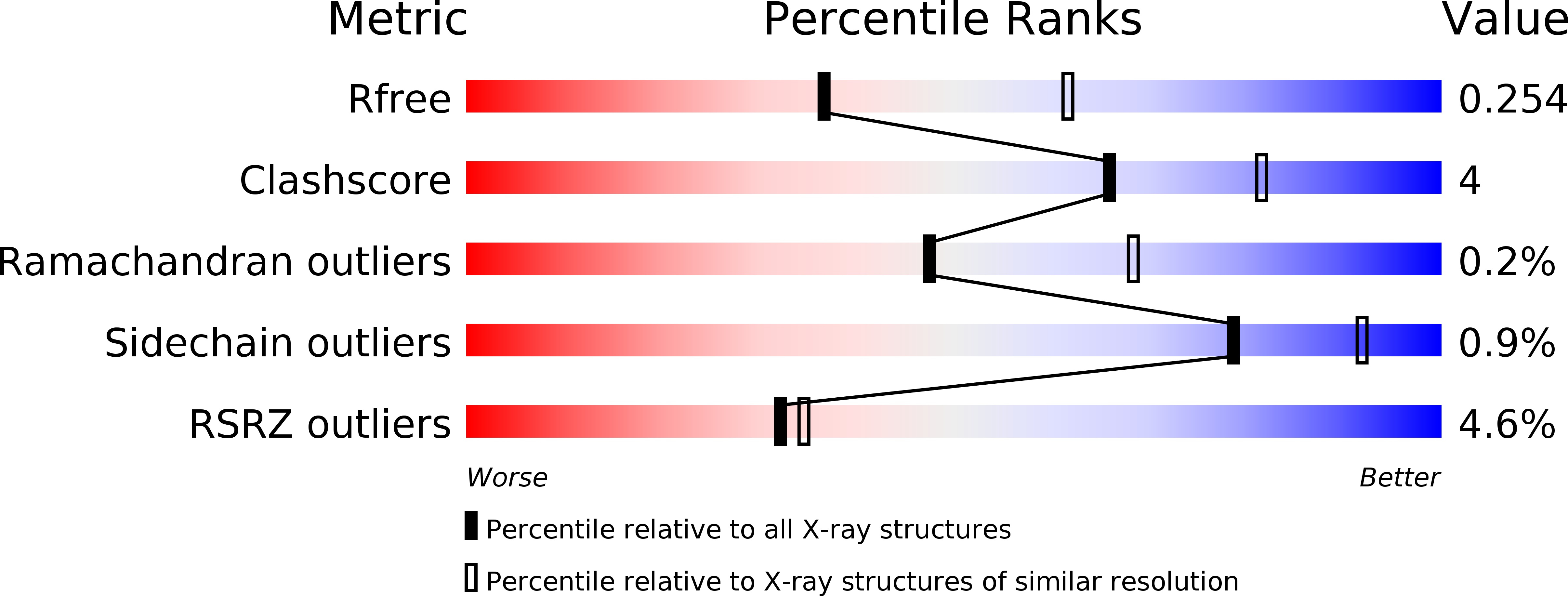
Deposition Date
2018-04-10
Release Date
2018-06-13
Last Version Date
2024-01-17
Entry Detail
PDB ID:
6G94
Keywords:
Title:
Structure of E. coli hydrogenase-1 C19G variant in complex with cytochrome b
Biological Source:
Source Organism:
Escherichia coli K-12 (Taxon ID: 83333)
Host Organism:
Method Details:
Experimental Method:
Resolution:
2.50 Å
R-Value Free:
0.25
R-Value Work:
0.22
R-Value Observed:
0.22
Space Group:
P 21 21 21


